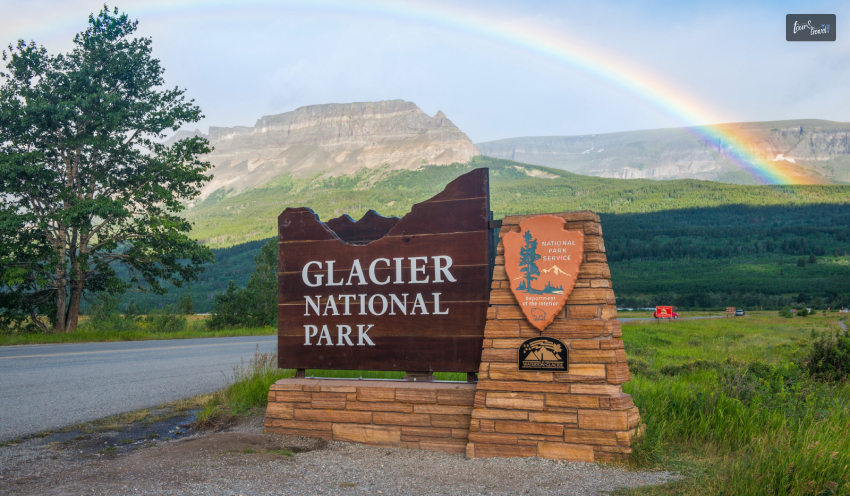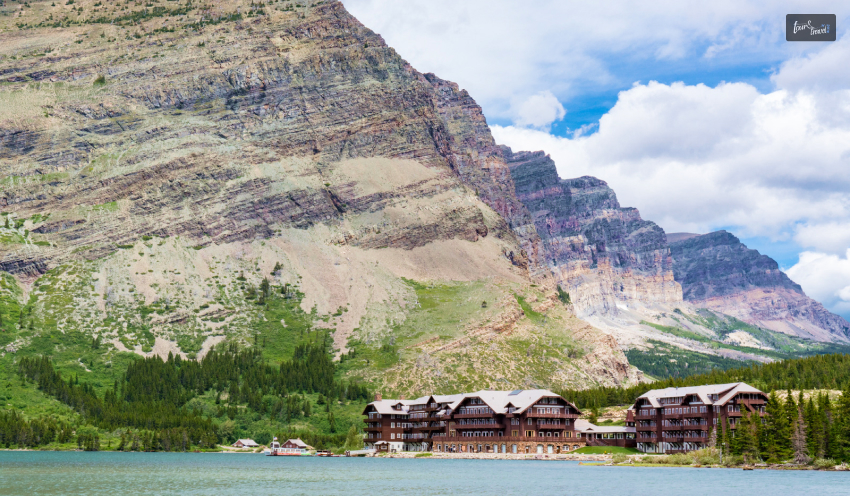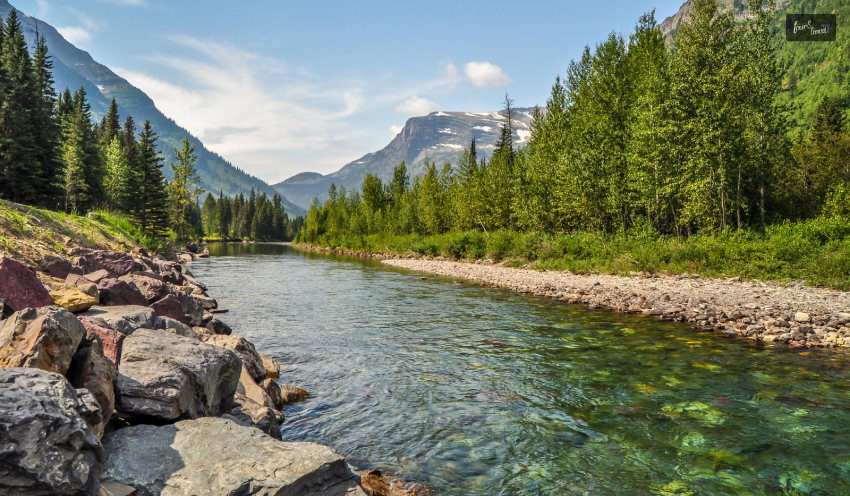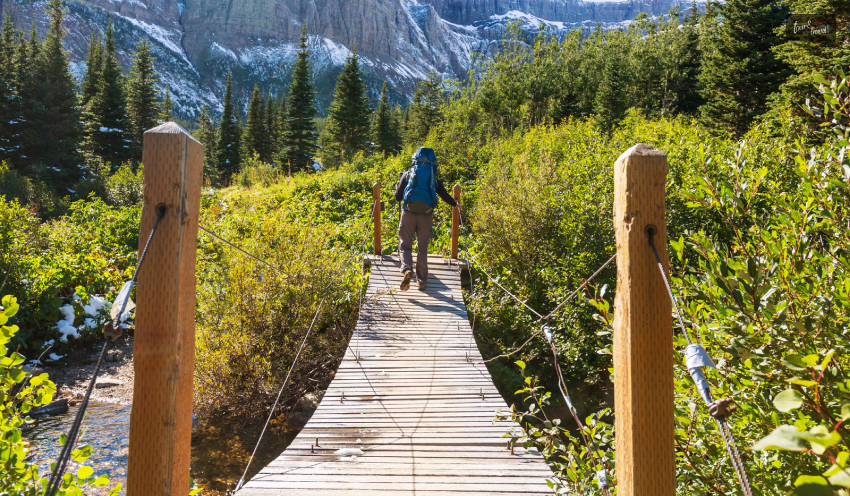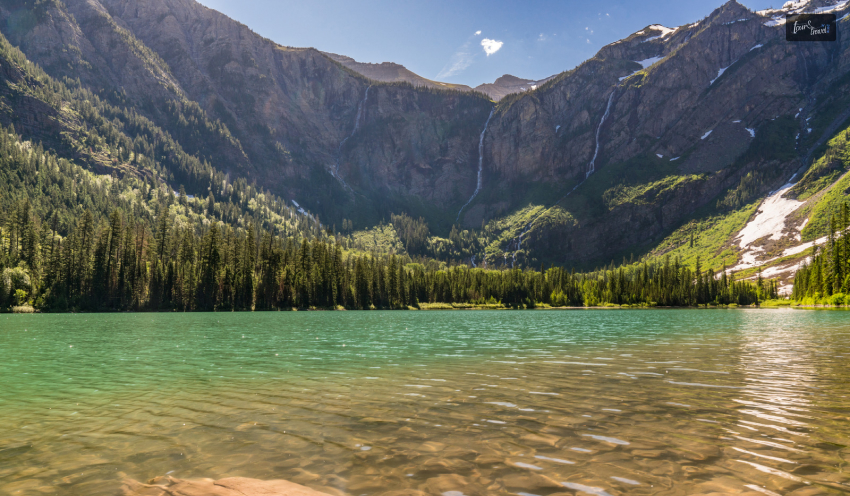Plan The Perfect Proposal: Romantic Yacht Charters In Cancun
BY Nabamita Feb 20, 2024
Imagine the enchanting allure of Cancun, where crystal-clear turquoise waters beckon and fiery sunsets paint the sky in hues of orange and pink. It's the perfect setting for an unforgettable romantic proposal. Picture yourself and your loved one on a private yacht charter, gliding through the pristine waters of the Caribbean, caressed by a gentle breeze. As the waves softly lap against the yacht's hull, a sense of serenity envelops you, creating an intimate and magical moment. Surrounded by the breathtaking beauty of nature and the tranquil embrace of the ocean, you have the opportunity to create memories that will be cherished for a lifetime. Choosing Your Yacht When it comes to selecting your perfect yacht, there are a few things to think about. Firstly, consider the size of the boat - do you fancy a spacious and grand vessel or a more intimate and cozy one? Also, take into account the range of amazing amenities available on board. Luxury cancun yacht rentals often boast gourmet meals prepared by talented chefs, plus personal staff to cater to your every need. Some may even have water sports equipment so you can enjoy thrilling aquatic adventures. However, it's worth noting that smaller vessels, while offering a more intimate experience, may not provide the same extensive range of services and facilities. Setting the Scene Once you've carefully chosen your dream yacht, it's time to make it truly yours and create an unforgettable ambiance. Think about adding your favorite flowers, curating a special playlist to set the perfect mood, and even including a cherished photograph that holds sentimental value. If your partner isn't a fan of surprises, it might be a good idea to let them in on the trip in advance, while keeping the proposal itself a delightful secret. By paying attention to these finer details, you'll ensure that the entire experience becomes even more memorable and magical. Timing Is Everything Picture this: timing your proposal with the breathtaking sunset. Watch as the sky gracefully transitions from a brilliant blue to a mesmerizing palette of pinks and oranges, creating an unparalleled and magical romantic setting. Feel the warm glow of the sun gently kissing the horizon, casting a romantic ambiance that envelops you and your loved one. Don't forget to check the local sunset times and meticulously plan this unforgettable moment, ensuring that every detail aligns perfectly with the natural beauty of the setting sun. When it comes to proposing, timing is crucial. It's not just about the time of day, but also the stage in your relationship and the unique context of that particular day. Outside of the classic sunset proposal, here are a few other ideas: Dawn Proposal: If you and your partner are early birds, a sunrise proposal can be incredibly romantic. The quiet tranquillity of the early morning, coupled with the stunning beauty of the sun slowly rising above the horizon, can make for a truly memorable moment. Under the Stars: If your partner is an astronomy enthusiast, consider a nighttime proposal under a starlit sky. A clear night, away from city lights, presents an opportunity for a private, intimate proposal under the blanket of the cosmos. Midday Cruise: A daytime proposal offers the advantage of excellent visibility. The dazzling blue sky and shimmering Caribbean sea create a vibrant backdrop for your special moment. Special Dates: Another timing aspect to consider is the date itself. Proposing on a significant date, such as the anniversary of your relationship, a birthday, or a special holiday, can add an extra layer of sentimental value to your proposal. Remember, the best time for a proposal is one that feels right to you and resonates most with your partner’s preferences and your shared experiences. The Perfect Dinner A romantic dinner is not just any detail, my friend, but a truly unforgettable and essential part of any yacht proposal. Picture this: a serene setting on the deck, with soft lights twinkling in the background, creating an enchanting atmosphere. You have the option to choose between an intimate picnic, where you can savor delectable delicacies while basking in the breathtaking views of the open sea, or a formal dining experience that oozes elegance and sophistication. Alternatively, imagine a cozy barbecue under the twinkling stars, where you can indulge in delicious grilled treats while being embraced by the gentle sea breeze. Whichever option you choose, make sure to personalize the meal, taking into account your partner's preferences and creating a culinary journey that will leave an everlasting impression of romance and love. Capturing the Moment Opting to hire a skilled professional photographer or videographer to capture the precious proposal is truly an outstanding idea. Their expertise lies in discreetly documenting the heartfelt moment, ensuring that you both can relive and cherish this extraordinary experience for many joyous years to come. With their exceptional ability to capture every intricacy and emotion, the photographs or videos will serve as a timeless reminder of the love and commitment shared during this significant milestone in your life. After the Proposal After the magical proposal, you can embark on an enchanting night aboard a luxurious yacht, gently swaying with the rhythm of the ocean waves. As you drift off to sleep, the tranquil sounds of the sea will serenade you, preparing you for a mesmerizing awakening. Picture yourself waking up to a breathtakingly beautiful sunrise, where the sky is painted with hues of gold and pink, creating a stunning backdrop against the vast horizon. Imagine this: a luxurious yacht proposal in the breathtaking destination of Cancun. It's an experience that will leave you spellbound. As the radiant sun dips below the horizon, casting a mesmerizing glow over the turquoise Caribbean Sea, you and your beloved find yourselves aboard a magnificent yacht. The gentle sway of the vessel enhances the romantic atmosphere, enveloping you in serenity and tranquillity. In that magical moment, you present your partner with a sparkling ring, a symbol of eternal love and commitment. As the waves dance beneath you and the stars twinkle above, the memories created on this extraordinary occasion become as infinite as the vast ocean itself. Prepare to be captivated! Read Also: 4 Things To Do When Visting The British Virgin Islands On A Yacht Spa Relaxation On A Charter Yacht In Dubai How Much Does Yacht Crew Make


